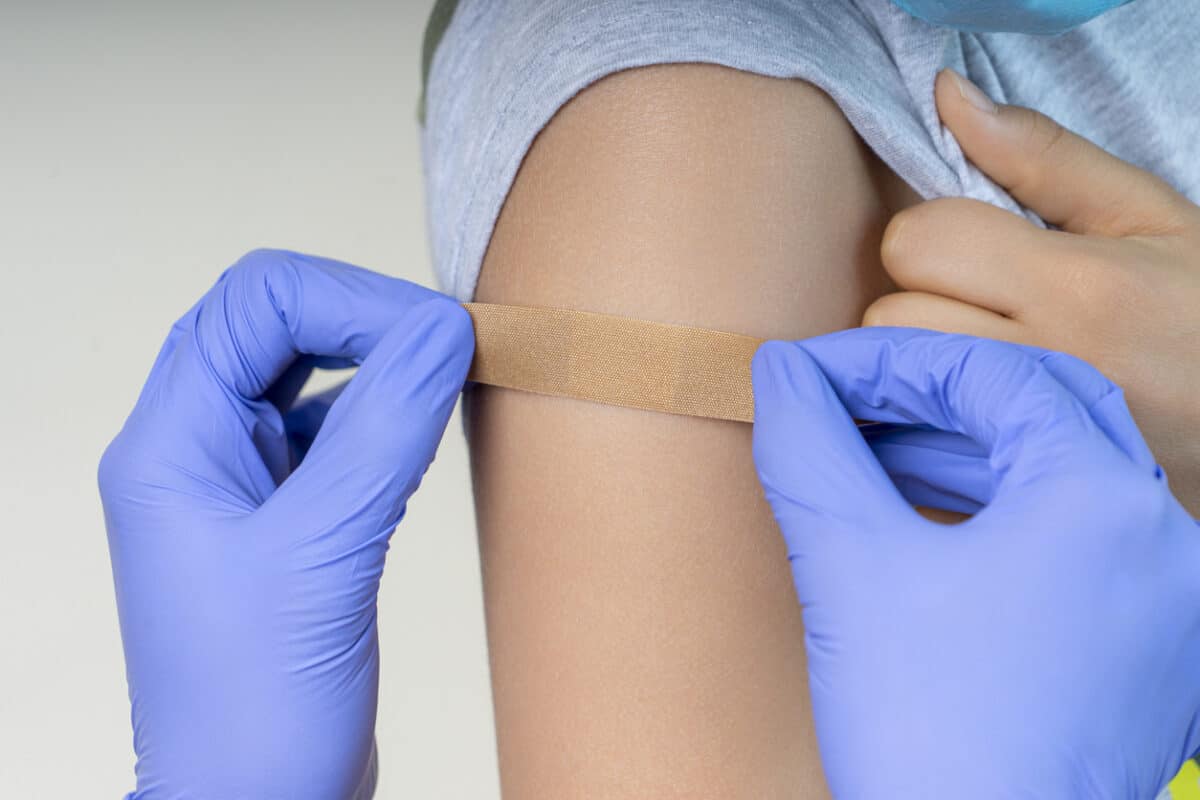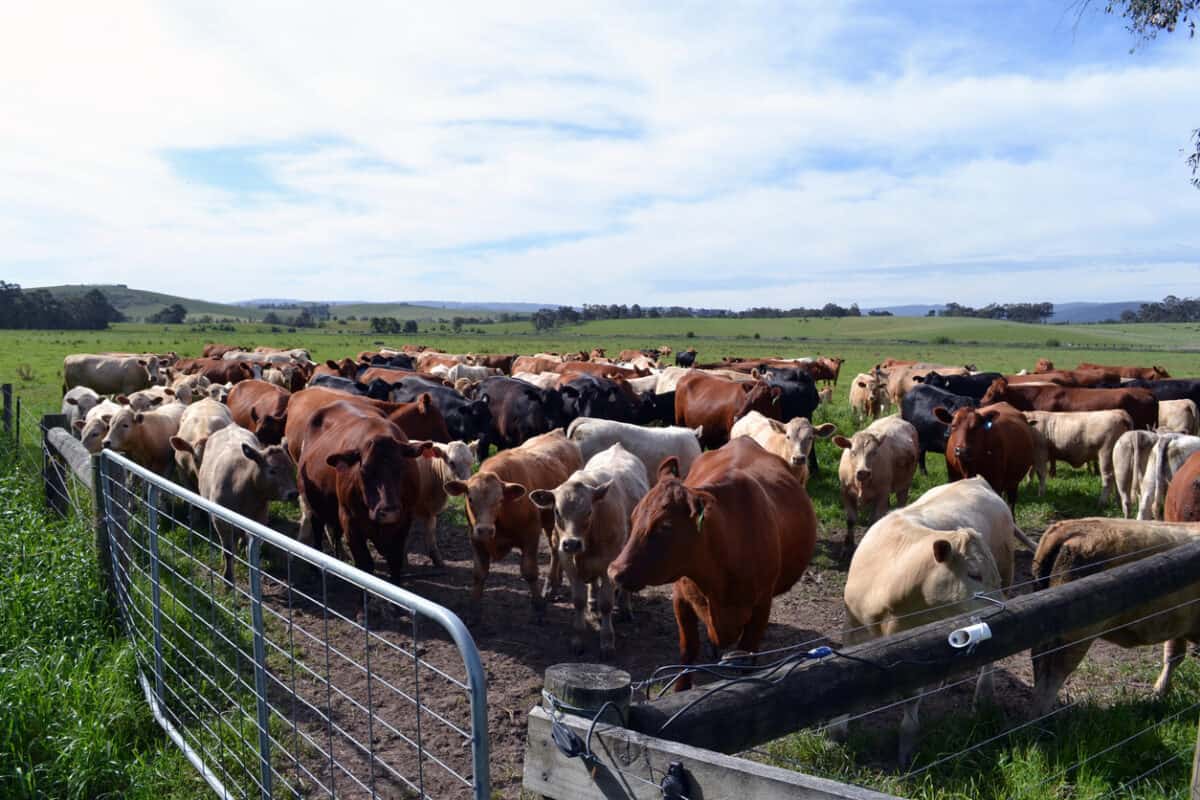Australians are starting to understand that having something described as “gold standard” – most recently in relation to the contact tracing services of New South Wales – is as helpful as describing occupational health and safety (OHS) laws and systems as “best practice”. These phrases are optimistic bullshit and politically fraught. The fragility of these phrases has been revealed in events as far apart as the COVID-19 pandemic of 2020-21 and the Esso Longford Royal Commission of 1999. Consider this paragraph from the Esso Longford Royal Commission report and its pertinence to NSW’s contract tracing:
Why would you NOT make COVID vaccinations mandatory?
Now that Australia is vaccinating its people at a reasonable rate from a very slow start, the issue of mandatory vaccinations for workers has reappeared. Several months ago the issue was more hypothetical but evidence has appeared from England, the United States and Israel about vaccination rates and the resumption of business and work. Australian businesses need to reach a clear position on vaccinations and the return of employees to workplaces, and this will require an assessment of the ethics applied by employers.
The occupational health and safety (OHS) position is remarkably clear but is not really being heard or promoted.
Continue reading “Why would you NOT make COVID vaccinations mandatory?”Frogging the National OHS Strategy
Australia has commenced its consultation process for the development of its next ten-year national occupational health and safety (OHS) strategy. These are peculiar documents as no one ever seems to be punished for not achieving the targets or the performance targets are so narrow or general that it is impossible to not achieve them.
One of the elements that all such strategies seek is “emerging hazards”. Even harder is when they seek hazards that no one else has considered or have yet to emerge. One of the challenges with these strategies is less about what they say than how they are implemented and enforced.
OHS seen as not up to the task on sexual harassment
Then submissions to the Senate Committee inquiry into the Sex Discrimination and Fair Work (Respect at Work) Amendment Bill reveal some interesting perspectives on occupational health and safety (OHS) from Australian businesses and other organisations.
The Kingsford Legal Centre says this of the work health and safety approach to sexual harassment:
“WHS law is designed to manage work health and safety risks which are many and varied and are distinct from gendered violence and discrimination. Many cases of sexual harassment and sex discrimination are not an easy fit for the WHS framework. WHS legislation is state and territory based and relying on WHS legislation does not address the Commonwealth’s international human rights obligations under the Convention on the Elimination of All Forms of Discrimination against Women (CEDAW). In also not naming the gendered nature of the issue, WHS law risks overlooking keys to prevention and culture change which are central to the Respect@Work Report.
While WHS processes may in some cases run parallel to complaints of discrimination or sexual harassment, there are fundamental ways in which WHS law differs in the management of claims. Most obviously there is not a clear process for people who have experienced discrimination and harassment to be allowed to speak through a conciliation process about the impact of such behaviour on them and seek specific forms of redress. We know from our research in this regard that this process is important in resolving complaints impacting on human rights and reflects a complainant-centred process. WHS law does not approach injuries in such a way.”
Forces amass against the prevention of workplace sexual harassment
Most of Australia’s media has cooled its reporting on the sexual harassment law reforms championed by the Sex Discrimination Commissioner, Kate Jenkins. Partly this relates to revised laws being proposed in Parliament later this year and that are currently subject to a Senate Committee Inquiry. The media coverage on the proposed laws and the senate inquiry has been thin with only the Australian Financial Review (AFR) giving it any serious attention.
However, research reports on sexual harassment in Australian workplaces continue to appear and the transcripts of the Senate Committee’s public hearings are publicly available, as are the submissions made by, primarily, business and law organisations. What is missing is the involvement of the occupational health and safety profession.
Dehumanising OHS
A recent online article started:
“We all deserve to leave for work each day, knowing that if we say goodbye to our loved ones, it’s not goodbye forever. And when we’re at work, our laws should protect us and keep us safe.”
It contains a heartfelt sentiment but also perpetuates a myth. Occupational Health and Safety (OHS) laws do not protect us or keep us safe. They establish a socio-legal framework that needs to be enforced by a combination of employers, workers, Regulators, Health and Safety Representatives, bystanders, the public, the government, relatives, and others, depending on the work situation at the time.
Just as “mindful” has a different subtext to “careful” so we need to avoid empowering laws beyond their design and dehumanising the OHS process. We need to remember that people are integral to the enforcement of OHS laws, duties and obligations for if we remove people from this activity, OHS becomes a responsibility of everyone and no one.
BTW, the article is a lovely profile of Lana Cormie
More OHS information on Midfield Meats
Recently The Monthly magazine took a close look at the labour practices of Midfield Meats (paywalled), a major Warrnambool company and meat exporter that had been, yet again, successfully prosecuted by WorkSafe Victoria. There are workplace safety elements to The Monthly’s story that were not as prominent as other issues and there were some questions for companies and governments that have supported Midfield in the past.







